Saradindu Adhikary
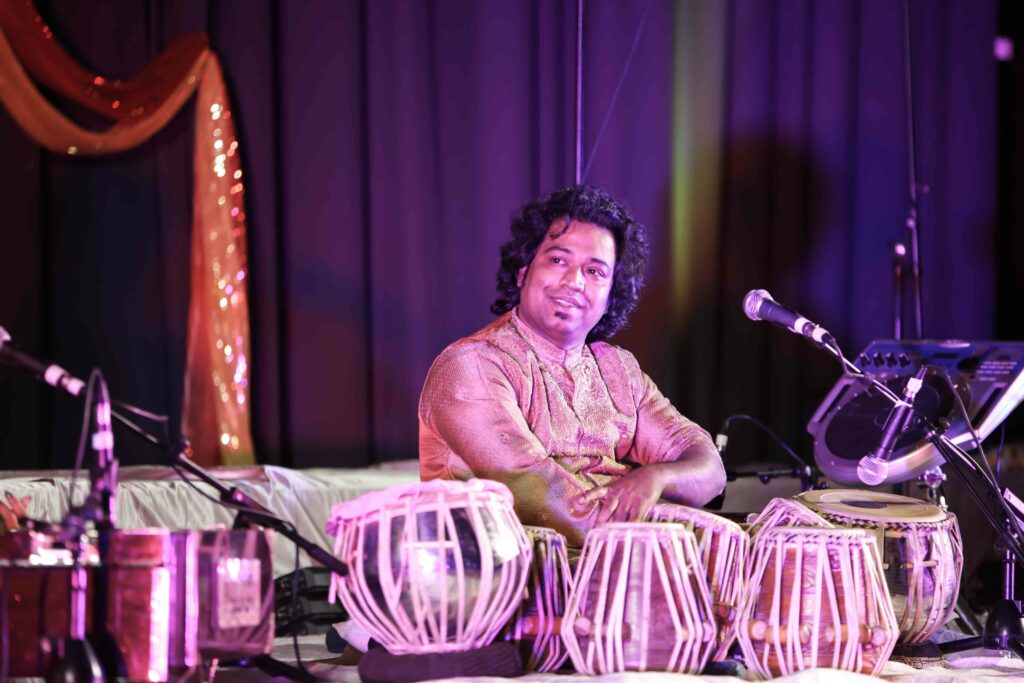
Saradindu Adhikary is a highly accomplished North Indian percussionist, singer, music director, and renowned teacher from Kolkata, India. Born into a musical family, he began his vocal and tabla training at the age of four under the guidance of his father, Shri Gobardhan Adhikary. His journey was further enriched by more than fifteen years of rigorous training with the world-renowned tabla maestro, Pandit Tanmoy Bose.
In 2002, Saradindu joined Shrutinandan, one of India’s largest and most respected schools of Indian music, founded by the legendary vocalist Padma Bhushan Pandit Ajoy Chakraborty. He was not only honored to teach there but also privileged to receive advanced training under Pandit Chakraborty for over a decade.
From an early age, Saradindu has been an active performer across audio-visual media and live stages, excelling in both classical and popular music. His dynamic stage presence and musical brilliance have earned him wide recognition and multiple accolades. Since 2004, he has traveled extensively across India and abroad, balancing his roles as a teacher, performer, and lecturer.
He has delivered more than 600 performances worldwide and served as a guest lecturer and demonstrator at prestigious institutions including Nelson Mandela Metropolitan University (Port Elizabeth) and Rhodes University (Grahamstown). His contributions also extend to music therapy and meditation, where he has shared his expertise at S.S. Khanna Girls Degree College in Prayagraj, India.
| Reach & Impact | |
|---|---|
120+ students, branches in Gauteng. South Africa, India (Kolkata) online learners in India, Brazil, Dubai, USA, Canada, South Africa, New Zealand, Germany. The programs have touched the lives of 100+ students across the globe, creating a vibrant international community of learners.  Global Presence India – Nurturing students in the cultural heartland of classical and folk traditions. South Africa & Dubai – Preserving and spreading Indian music within diverse diaspora communities. Canada & USA – Encouraging second-generation learners to connect with their roots while also attracting global enthusiasts. Australia & New Zealand – Building bridges between Indian traditions and multicultural audiences. Germany & France – Inspiring interest among Western students curious about Indian rhythm, melody, and improvisation.  Impact Highlights Cultural Preservation: Helping younger generations of the diaspora stay connected to Indian heritage through music. Global Exchange: Promoting cross-cultural appreciation, where international students learn and adapt Indian styles. Skill Development: Equipping students with performance skills, theoretical knowledge, and confidence to participate in concerts, competitions, and community events. Inclusive Learning: Welcoming students of all age groups and backgrounds, proving that Indian music transcends boundaries. Community Building: Creating a supportive, global network of learners who share recordings, participate in virtual recitals, and celebrate festivals through music.  Long-Term Influence Some students have gone on to perform on stage locally and internationally Many have become ambassadors of Indian music in their own communities, teaching and performing. The reach across continents demonstrates music’s power to connect cultures, transcend geography, and inspire creativity. |
| Teaching Model | |
|---|---|
Blended group and individual learning—both in-person and online. The teaching approach is designed to provide the best of both worlds—the collective energy of group learning and the personalized attention of one-to-one sessions.  Group Learning Collaborative Environment: Students learn together, gaining motivation and inspiration from peers. Peer-to-Peer Learning: Listening to fellow students helps improve pitch, rhythm, and confidence. Ensemble Skills: Group activities such as chorus singing, percussion ensembles, and harmonium practice prepare students for stage performance. Cultural Bonding: Creates a sense of community, especially for students living abroad who connect with their cultural roots. Workshops & Recitals: Group classes culminate in collective performances, building stage presence.  Individual Learning Personalized Guidance: Focused attention on the learner’s strengths, weaknesses, and pace of progress. Customized Repertoire: Tailored lessons in chosen genres (classical, semi-classical, devotional, folk, or light music). Focused Corrections: Detailed feedback on voice culture, rhythmic clarity, or instrumental technique. Flexible Learning: One-on-one sessions scheduled to match the student’s learning needs and convenience. Advanced Mentorship: Ideal for students preparing for exams, competitions, or solo performances.  Blended Model – Best of Both Foundation in Group, Refinement in Individual: Basic concepts are introduced in group classes, while individual sessions deepen mastery. Balanced Growth: Students benefit from the discipline of group work and the freedom of personal exploration. Confidence Building: Group participation reduces stage fear, while individual training polishes performance quality. Hybrid Learning: Combination of in-person and online sessions ensures continuity of learning across geographies. |
| Programs | |
|---|---|
| Vocal (multiple genres), percussion, harmonium, theory—with diploma tracks Indian Vocal Programs (Multiple Genres) Covers classical, semi-classical, devotional, folk, and light music traditions. Key areas of learning: Classical (Hindustani): Raga structure & improvisation Alankars (patterns), alap, taan, gamakas Khayal, Dhrupad, Tarana, Tillana Semi-Classical: Thumri, Dadra, Chaiti, Kajri, Bhajan, Abhang Light & Folk: Ghazal, film songs, folk songs from different regions Voice Culture & Training: Breath control, voice projection, pitch accuracy, and expression Performance Training: Stage presence, solo/group singing, microphone technique  Percussion Programs Focused on traditional Indian rhythm instruments, mainly Tabla, Dholak, Pakhawaj, etc. Key areas of learning: Fundamentals: Hand placement, bols (syllables), rhythm cycles (tala) North Indian Tradition: Tabla compositions (peshkar, kaida, rela, tukda, paran) Accompaniment Skills: Playing with vocalists, instrumentalists, and dancers Advanced Rhythmic Concepts: Layakari (tempo variations), cross-rhythms, improvisation Practical Application: Performing solos, accompanying bhajans, kirtans, and concerts  Harmonium Programs Harmonium is central for accompaniment in Indian music. Key areas of learning: Basic Skills: Finger techniques, scales, chords, shruti alignment Raga Practice: Playing alap, bandish, and supporting vocalists Accompaniment: Bhajans, ghazals, kirtans, light music, classical vocals Improvisation: Harmonium lehra (cyclical melody) for tabla solo accompaniment Advanced: Ornamentations, gamakas, meend (glides), advanced chord progressions  Theory Programs Essential for a complete understanding of music. Key areas of learning: Fundamentals of Music: Swaras (notes), shruti, saptak, taal, laya Raga System: Classification, thaat system (Hindustani), Tala System: Time cycles, clapping patterns, South & North Indian rhythmic structures Compositional Forms: Bandish, Kriti, Varnam, Tillana, Tarana Notation Systems: Bhatkhande, Vishnu Digambar. Music History & Aesthetics: Evolution of Indian music, major composers, gharanas, styles Practical Integration: Understanding how theory supports performance. Together, these programs give learners a well-rounded foundation—not just performance skills, but also accompaniment, improvisation, and theoretical depth. |
| Media & Events | |
|---|---|
| Social posts, events like open days and concert tributes to engage community. Events and media initiatives play a key role in building community engagement, cultural awareness, and student confidence. These activities extend learning beyond the classroom and showcase the richness of Indian music to wider audiences.  Open Day & Student Showcases Purpose: Provide students with a platform to present their progress in front of peers, teachers, and families. Format: Informal recitals, mini-performances, or class demonstrations. Impact: Builds student confidence and stage presence. Encourages peer appreciation and constructive feedback. Strengthens bonds between learners, parents, and the teaching community.  Concerts & Annual Performances Professional-Style Events: Formal stage concerts featuring both students and guest artists. Collaborative Performances: Ensembles that bring together vocal, percussion, and harmonium learners. Hybrid Participation: Some students perform live, while others join virtually from different countries. Impact: 1. Encourages students to aim higher and experience real performance settings. 2. Inspires community pride and cultural connection. 3. Offers visibility for talent, sometimes leading to local media coverage.  Tributes to Great Musicians Concept: Special themed events honoring legendary maestros of Indian classical and devotional music. Structure: Performances of iconic compositions, storytelling about their contributions, and guided listening sessions. Impact: 1. Educates students and audiences about music history and heritage. 2. Deepens respect for tradition while motivating learners to aspire to excellence. 3. Acts as cultural preservation by keeping great legacies alive in practice.  Media Engagement Digital Showcases: Sharing student performances, event highlights, and tribute sessions through YouTube, Facebook, Instagram, and community channels. Global Reach: Enables friends and families across countries to be part of the journey. Brand Identity: Establishes the school/academy as not just a learning space, but a cultural hub. |
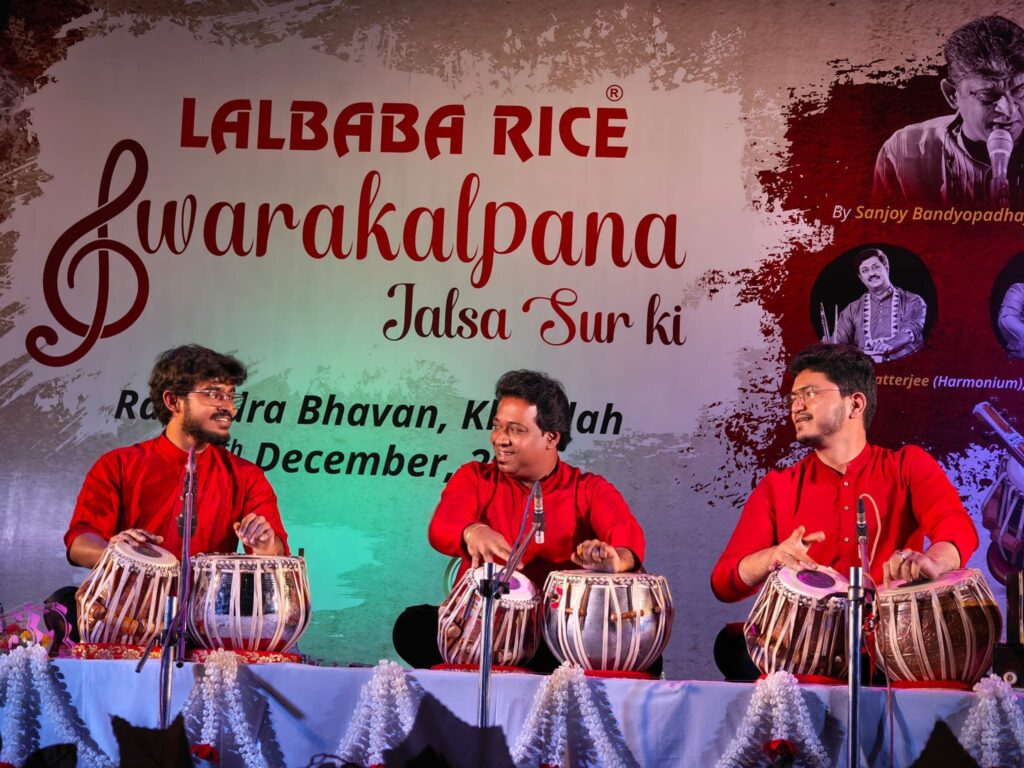

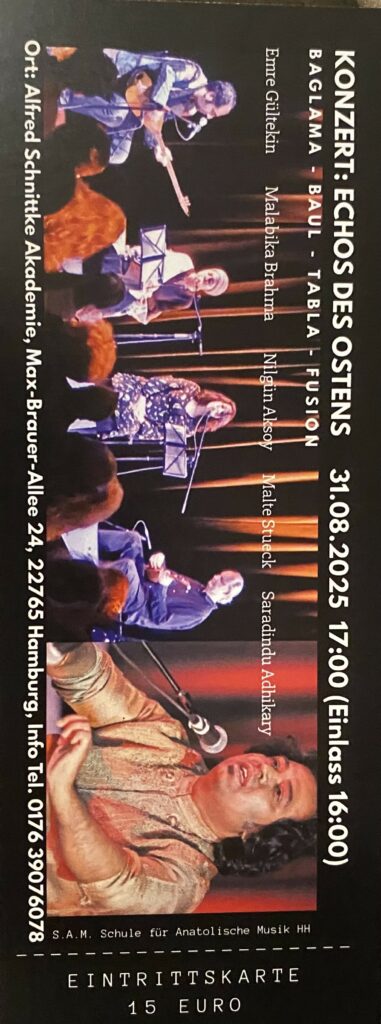
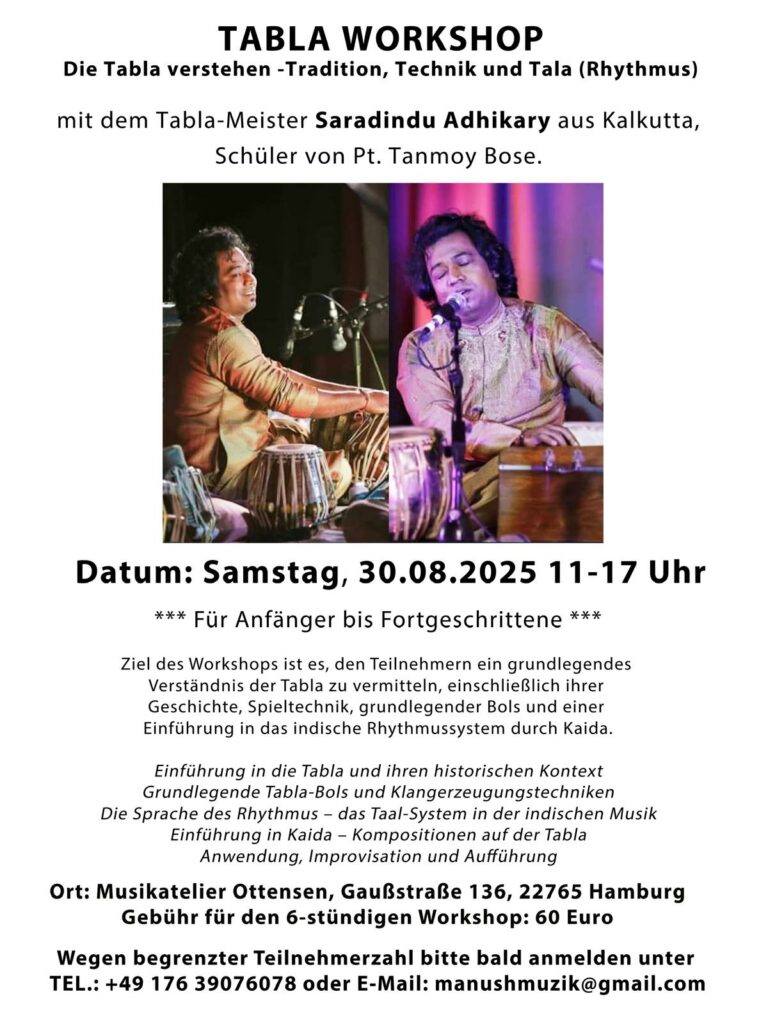



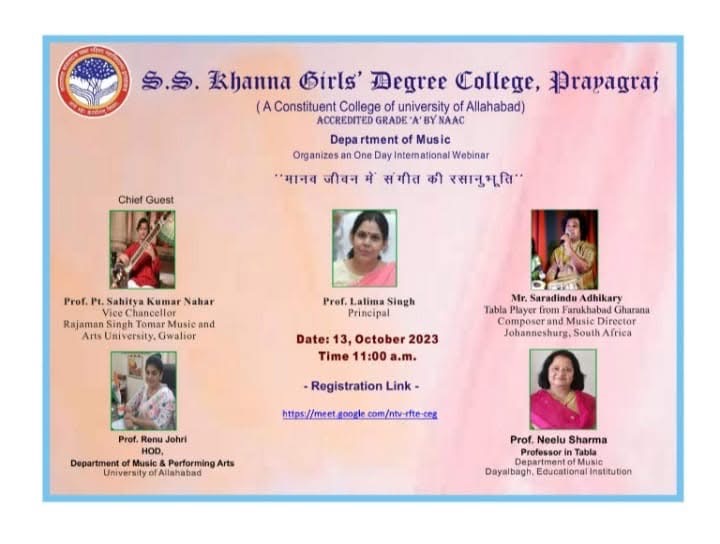
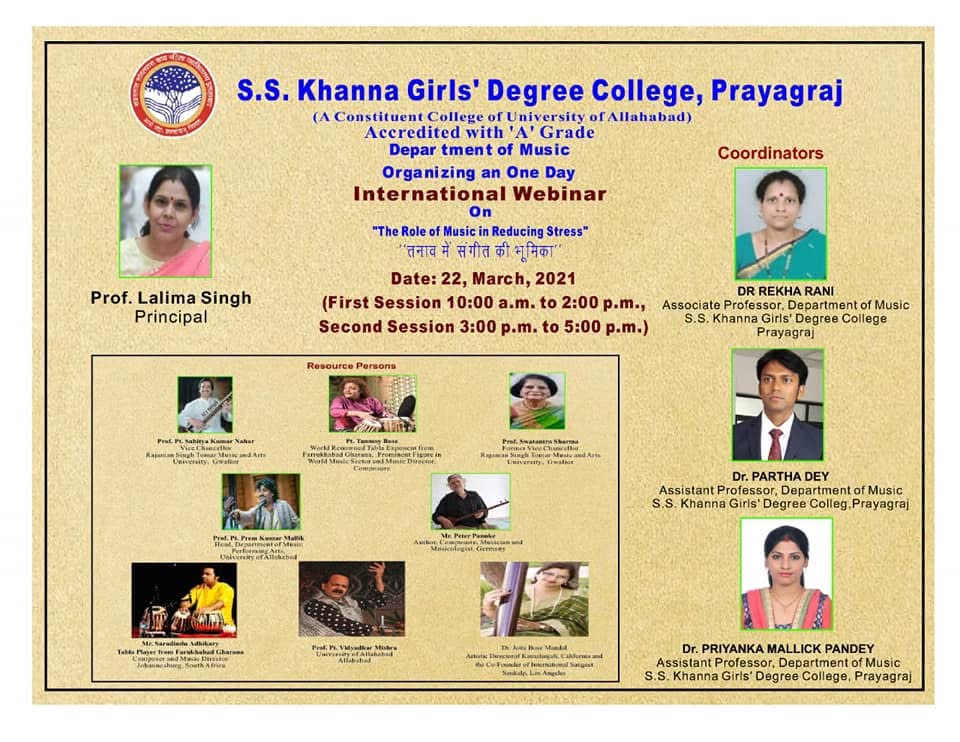
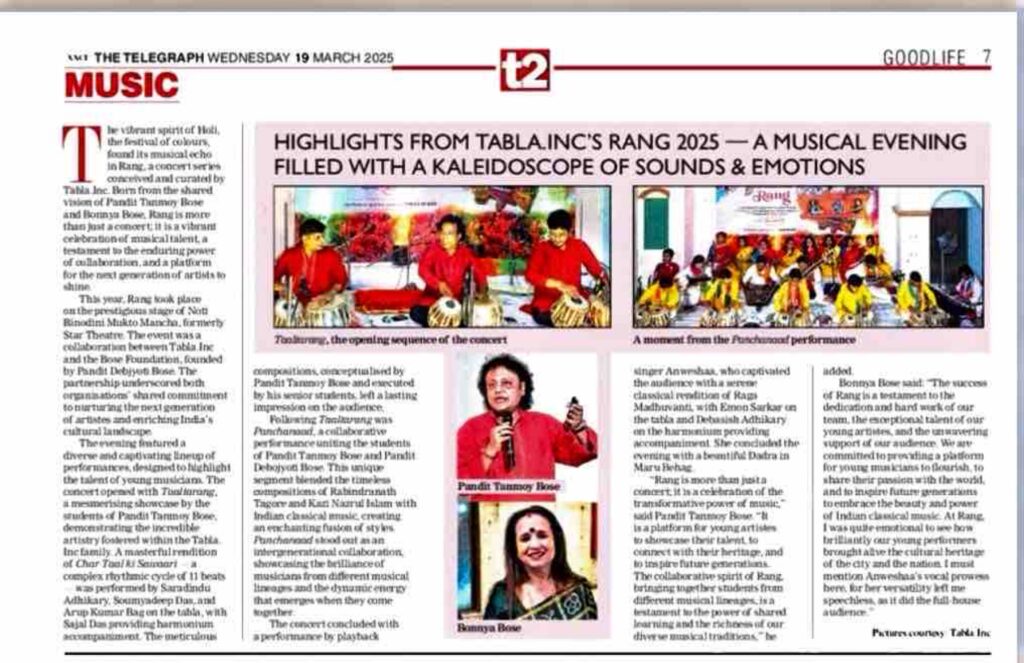
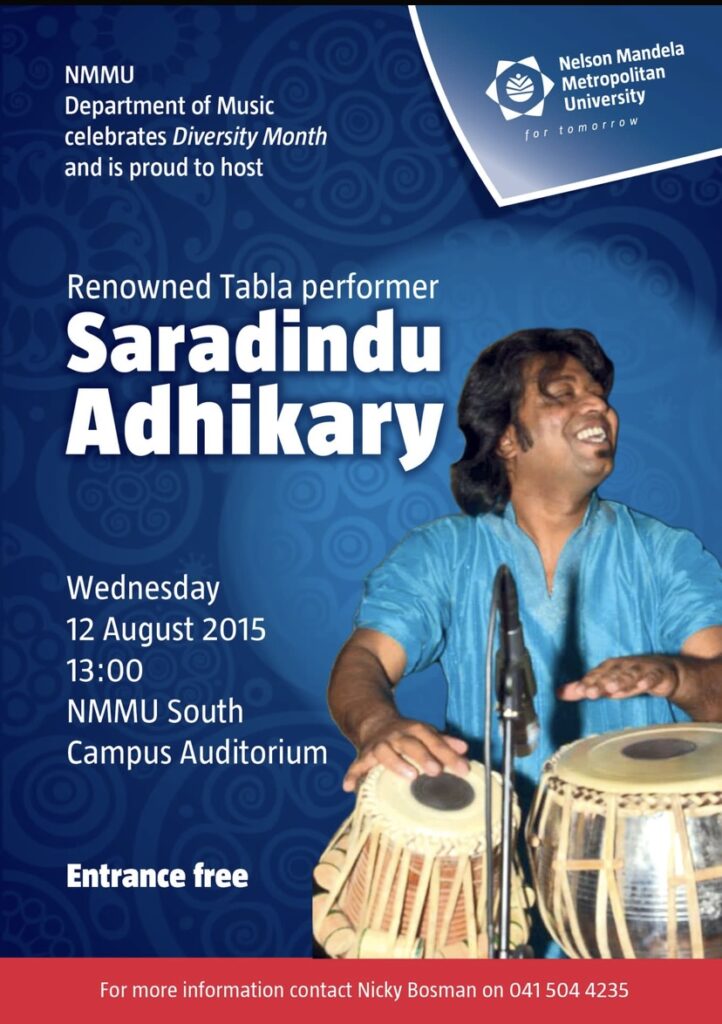

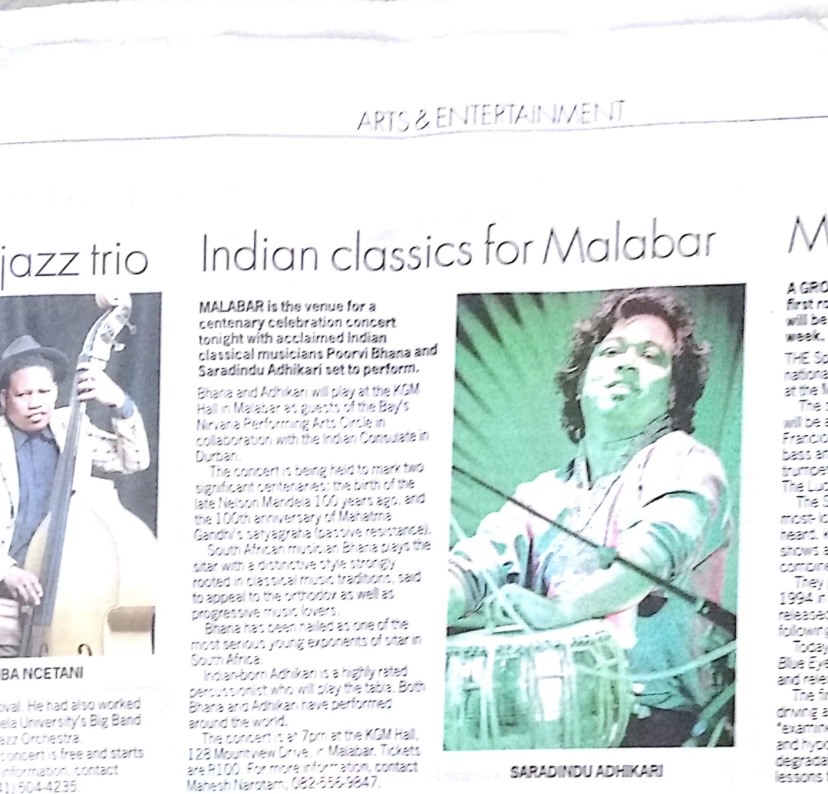
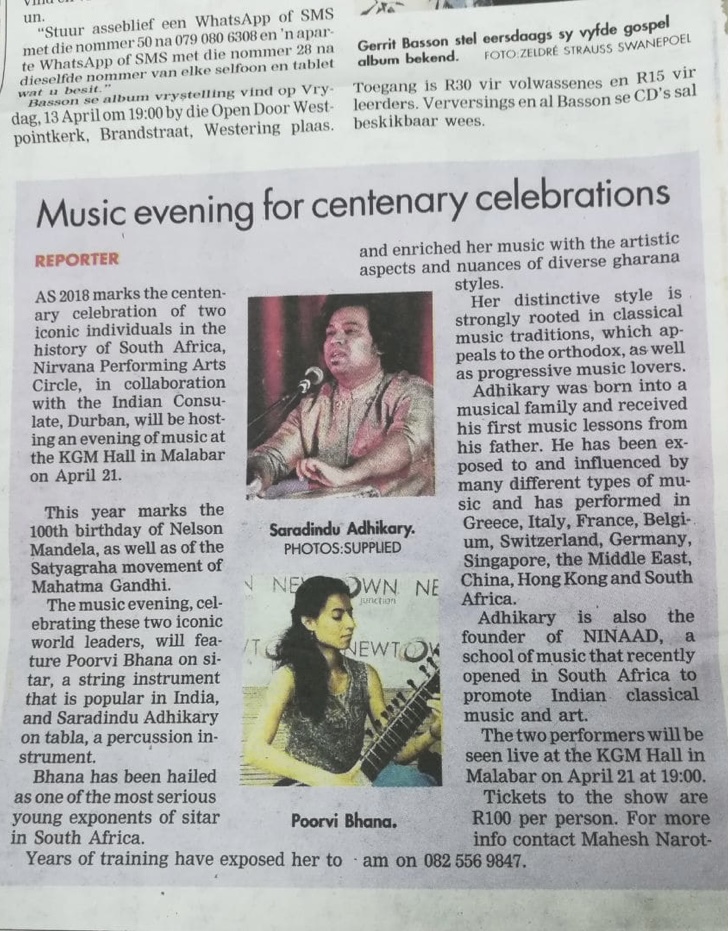
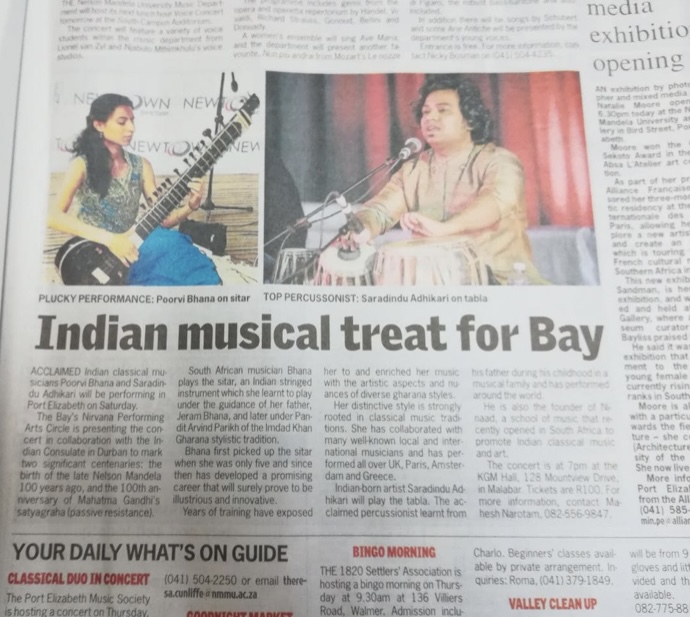
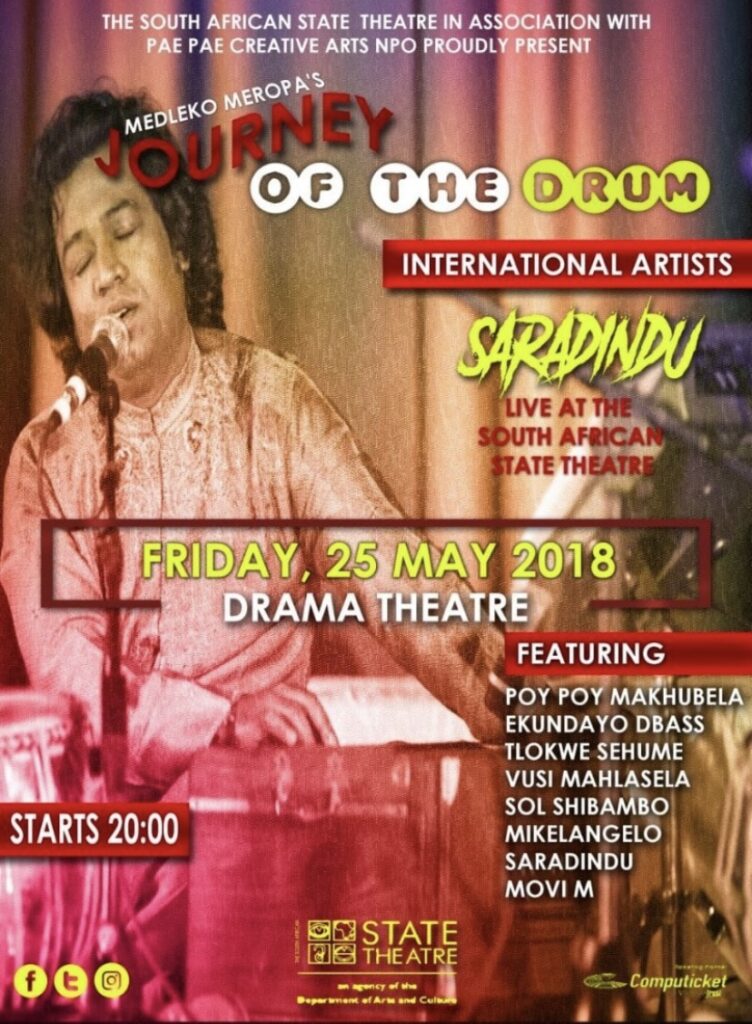
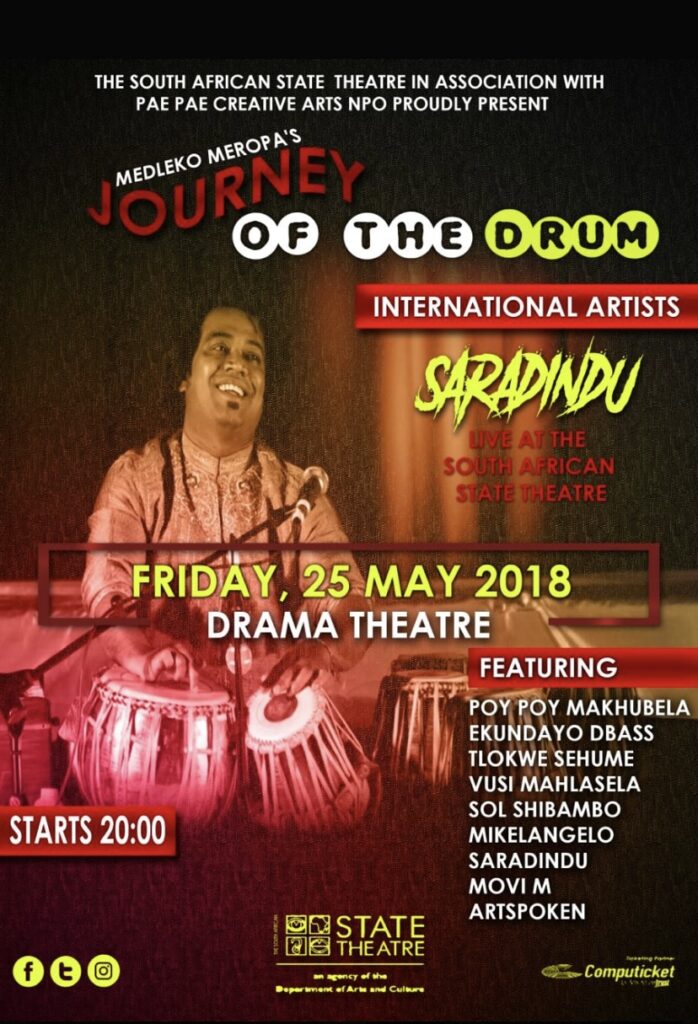
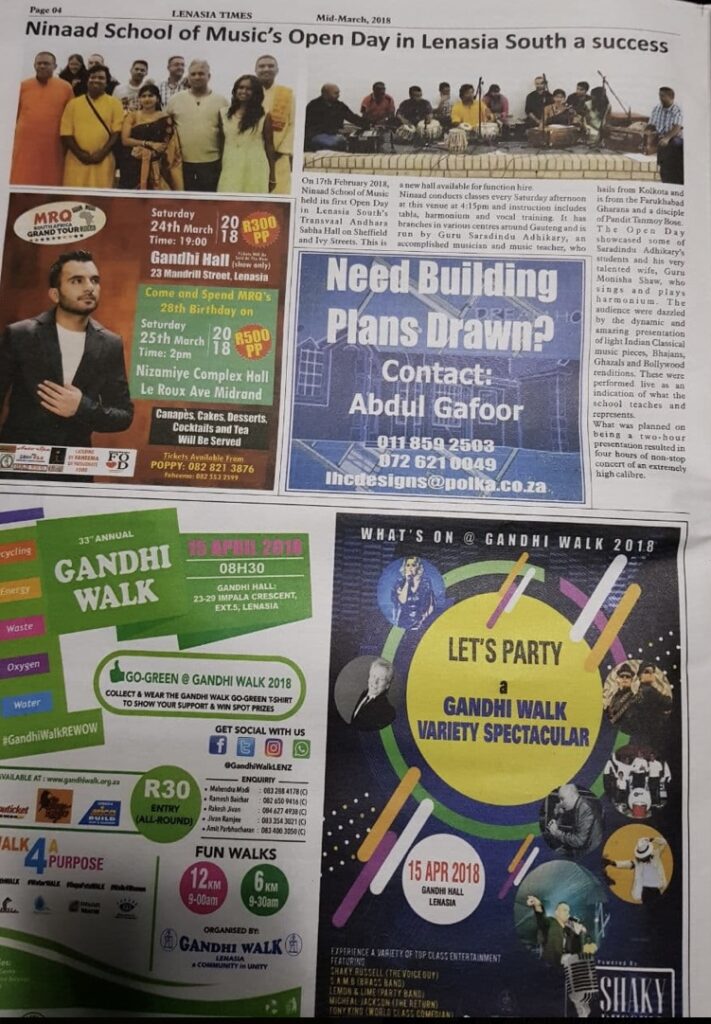
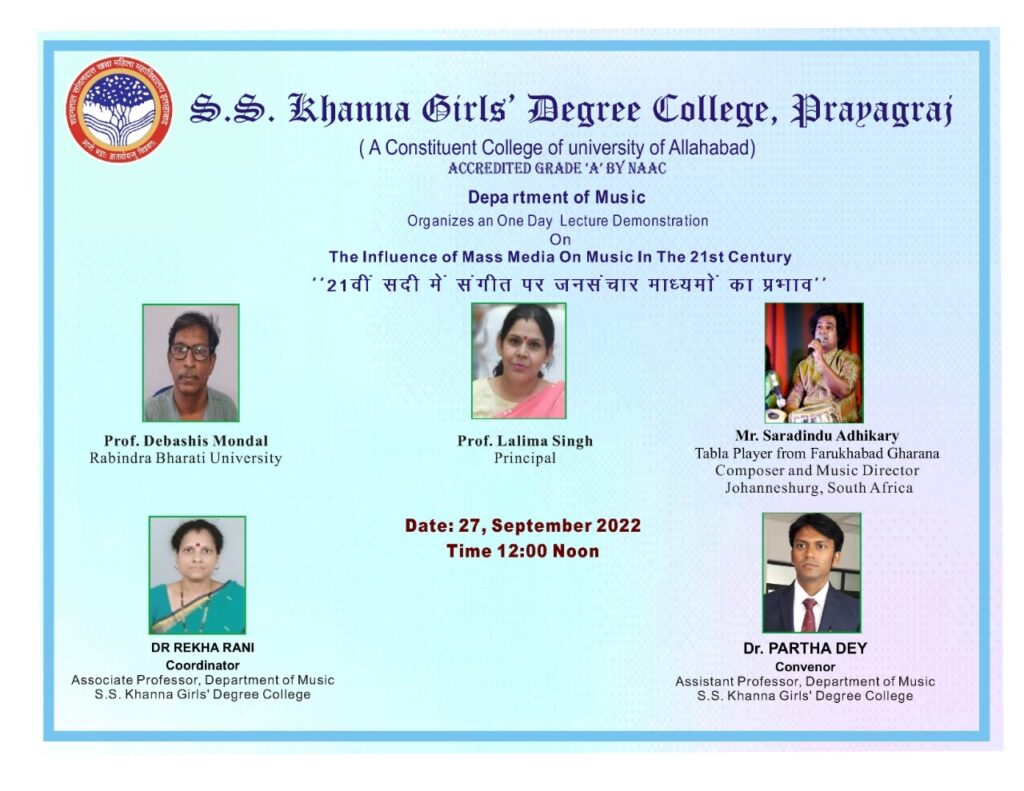
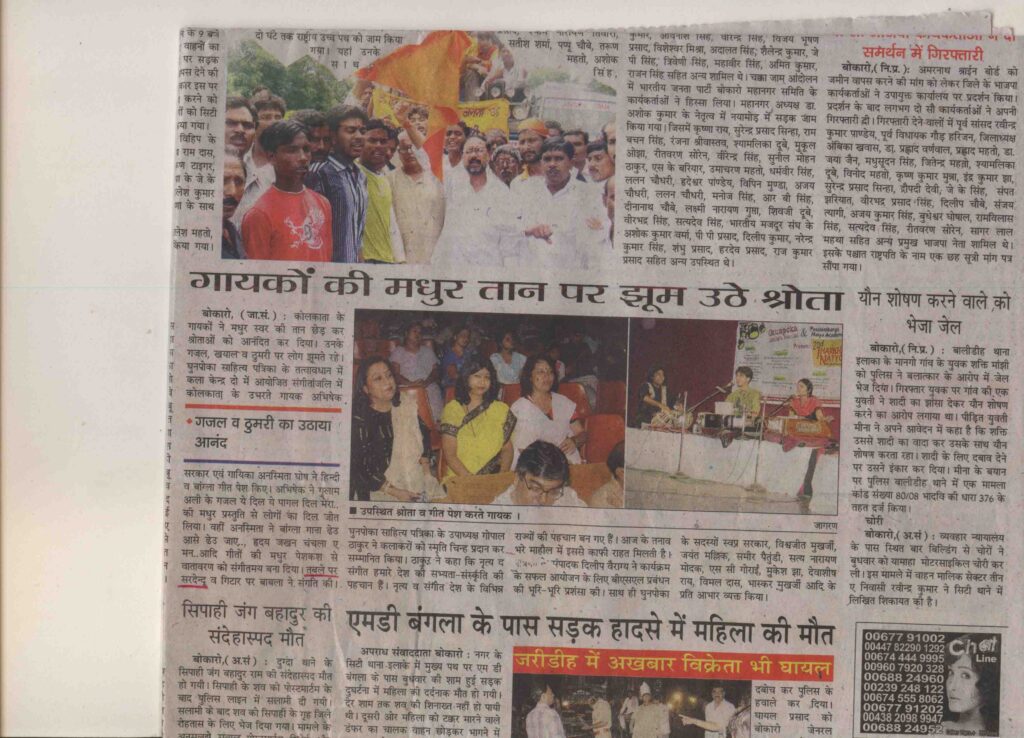
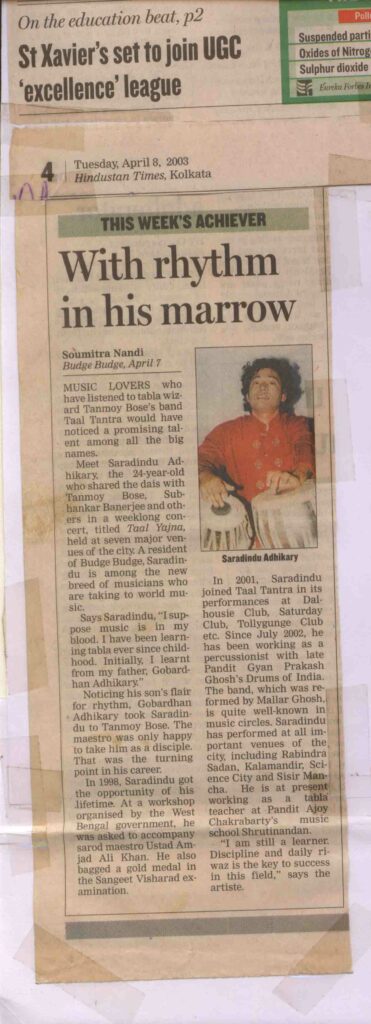

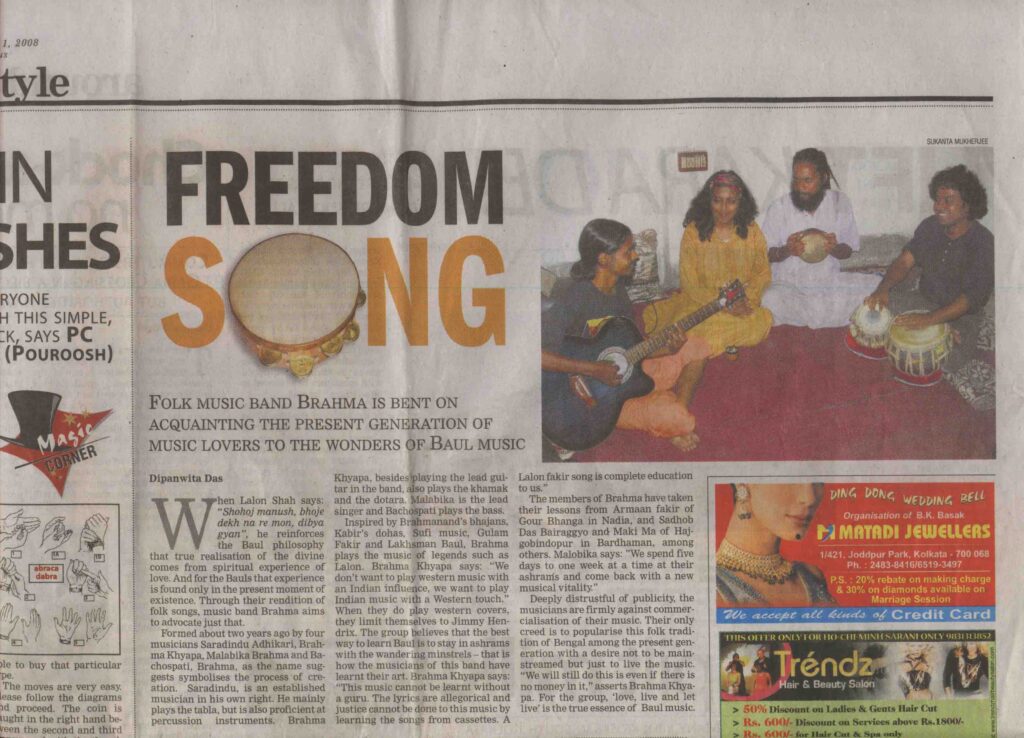
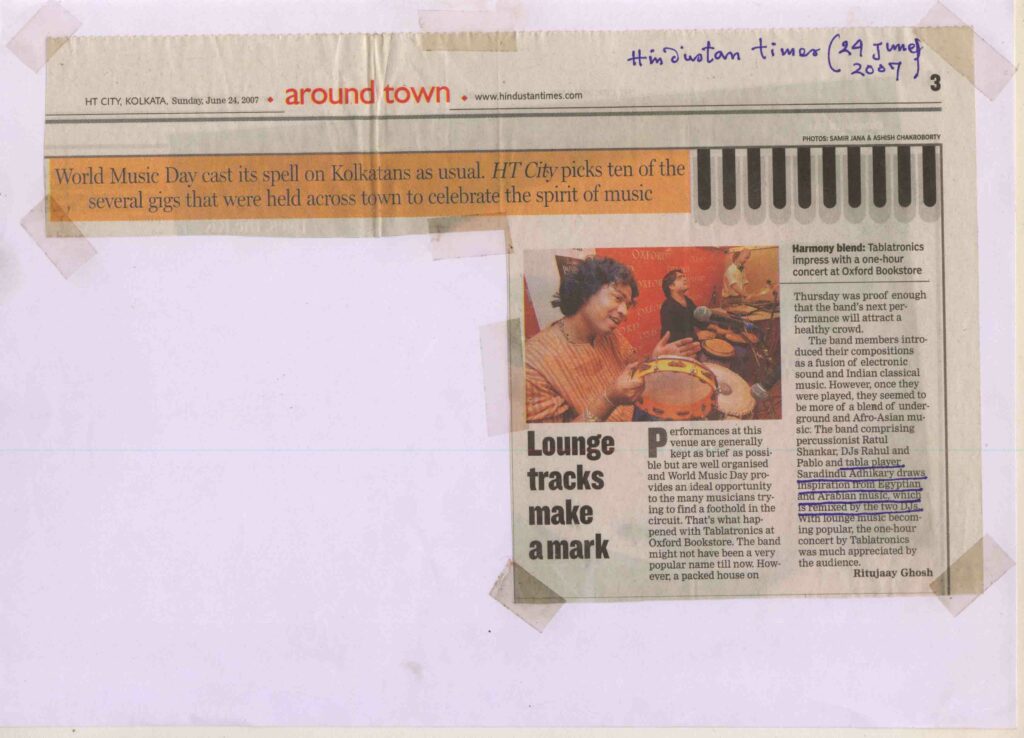
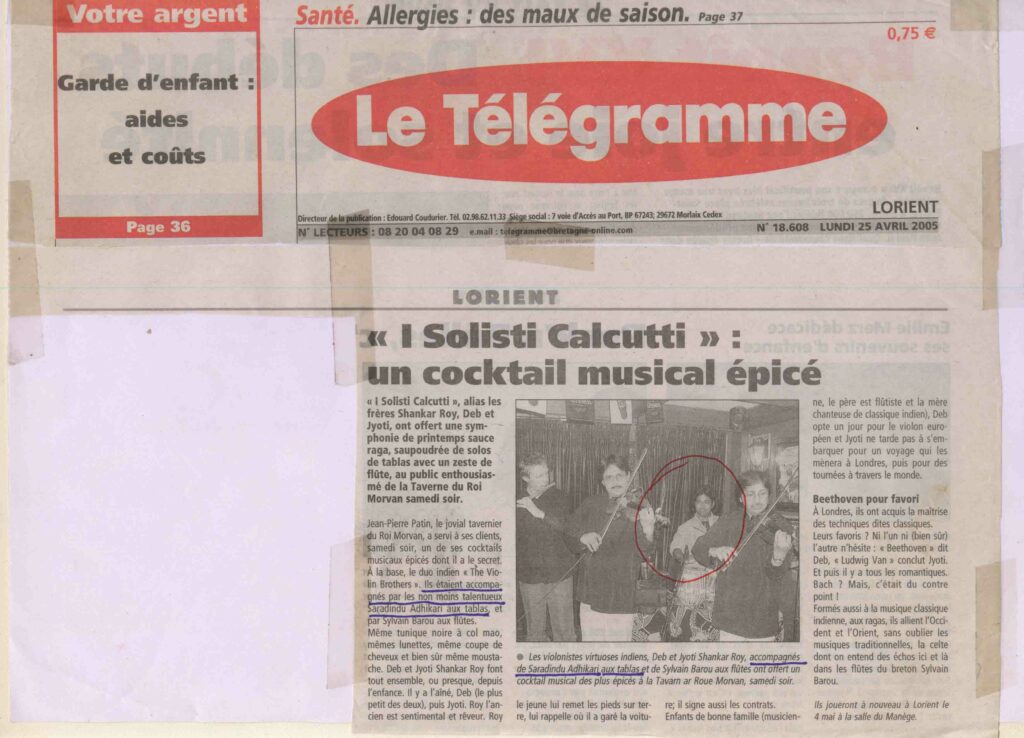
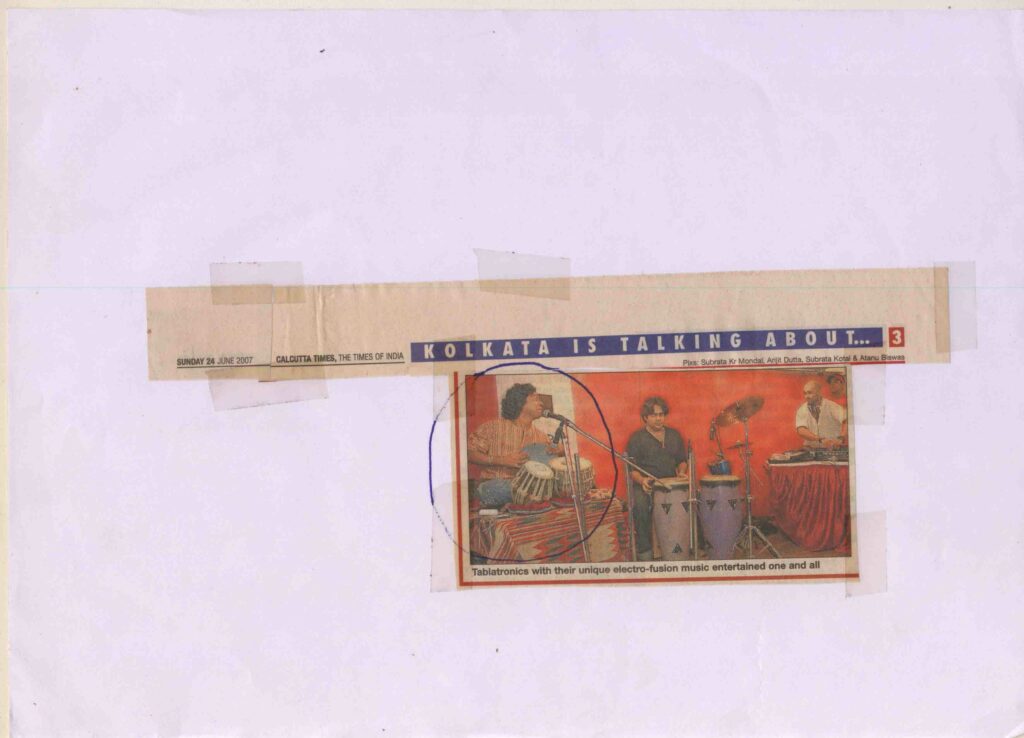

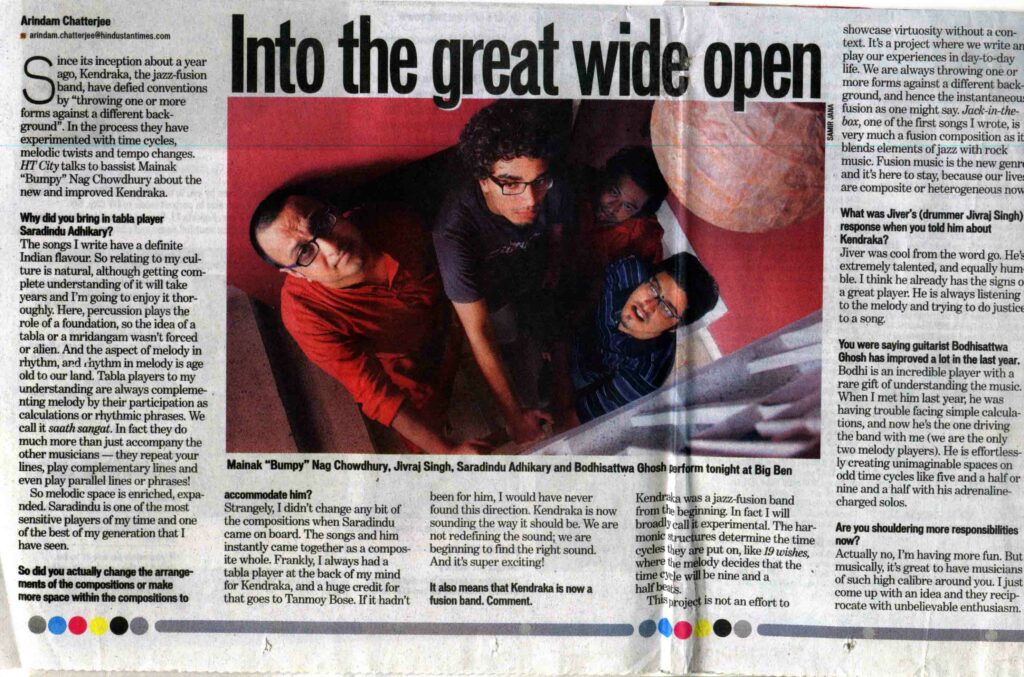
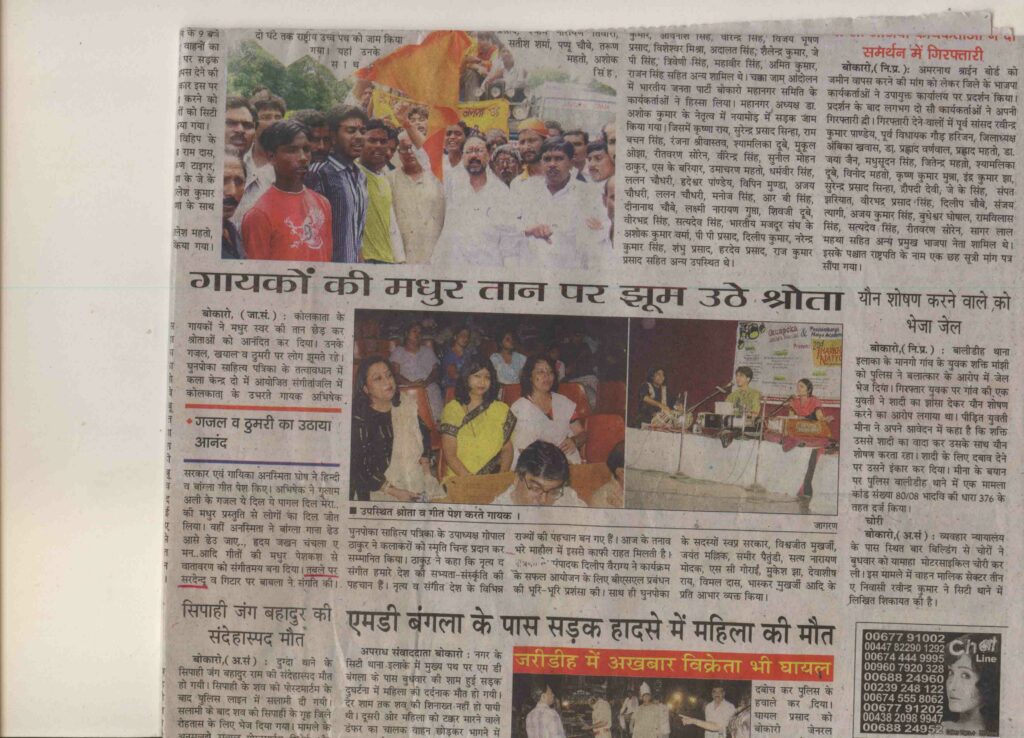
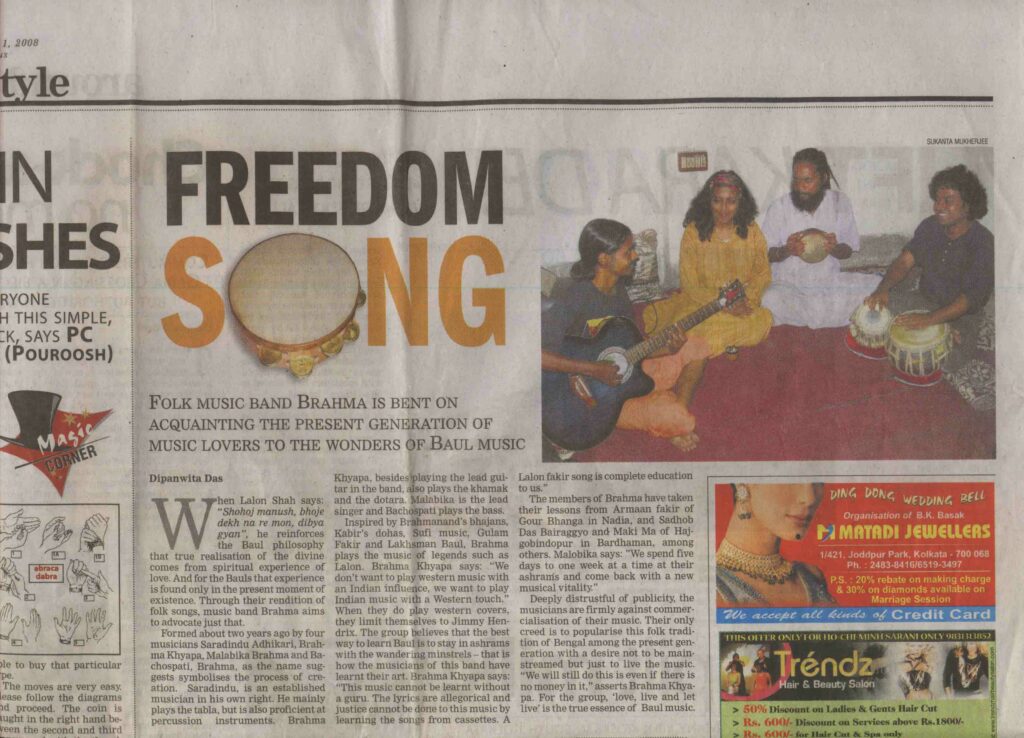
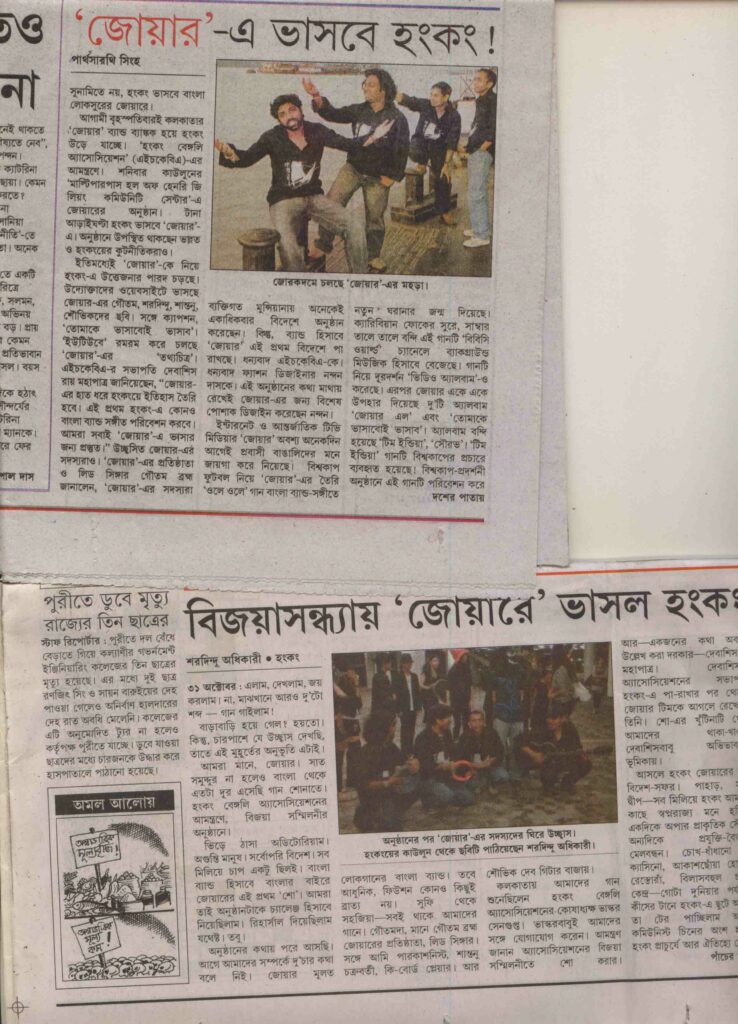
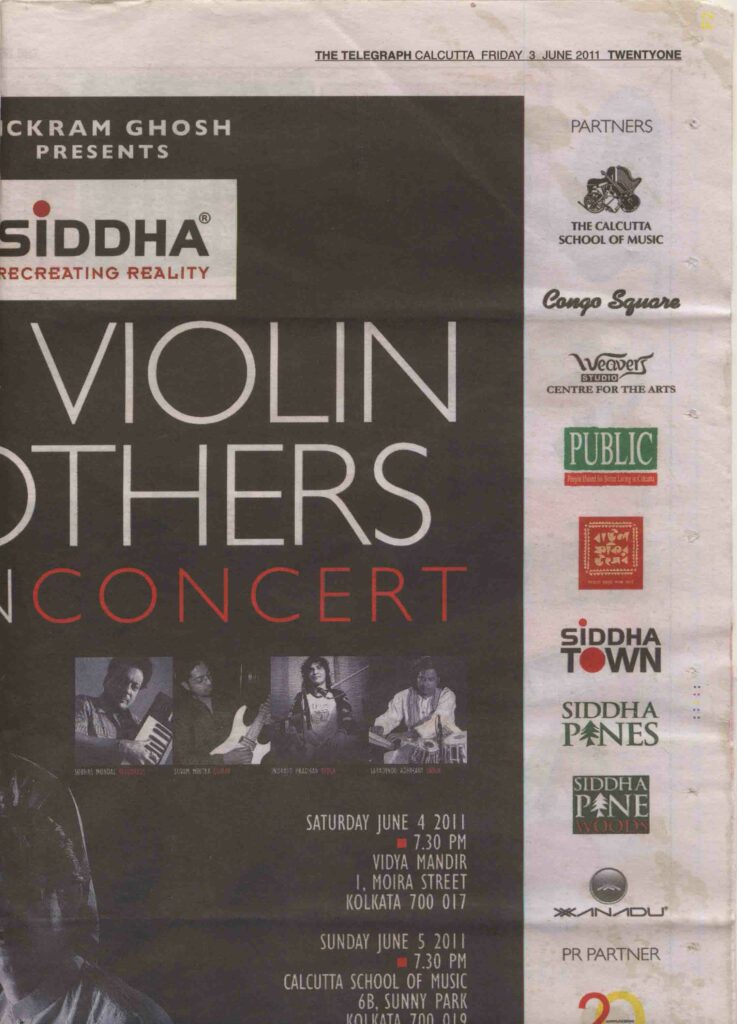
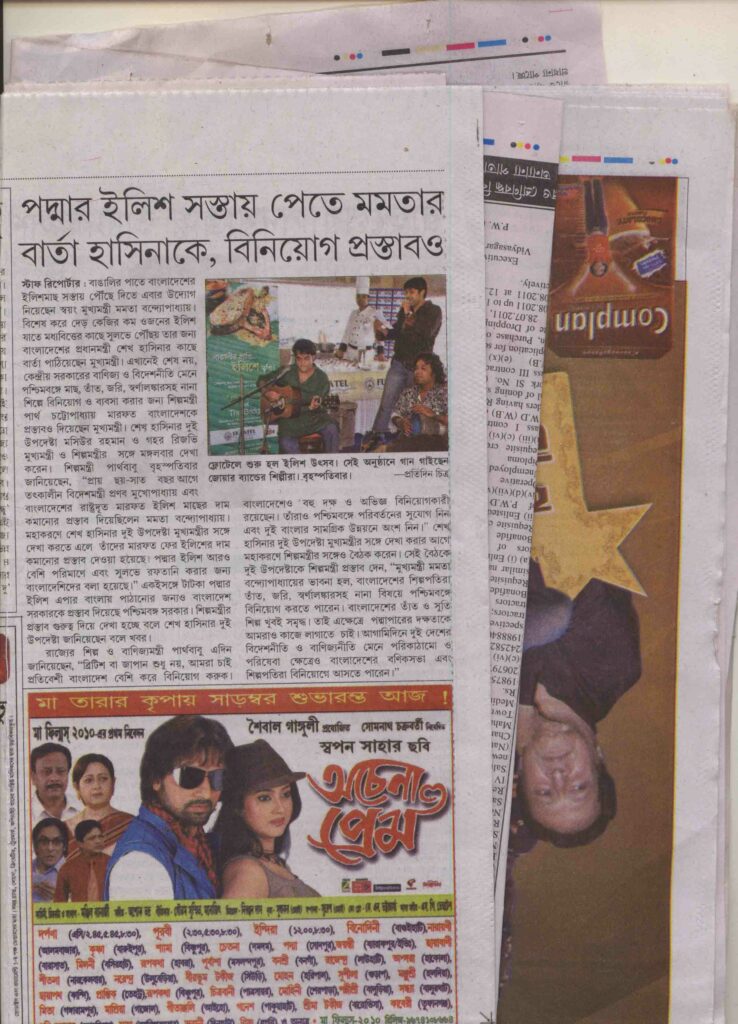

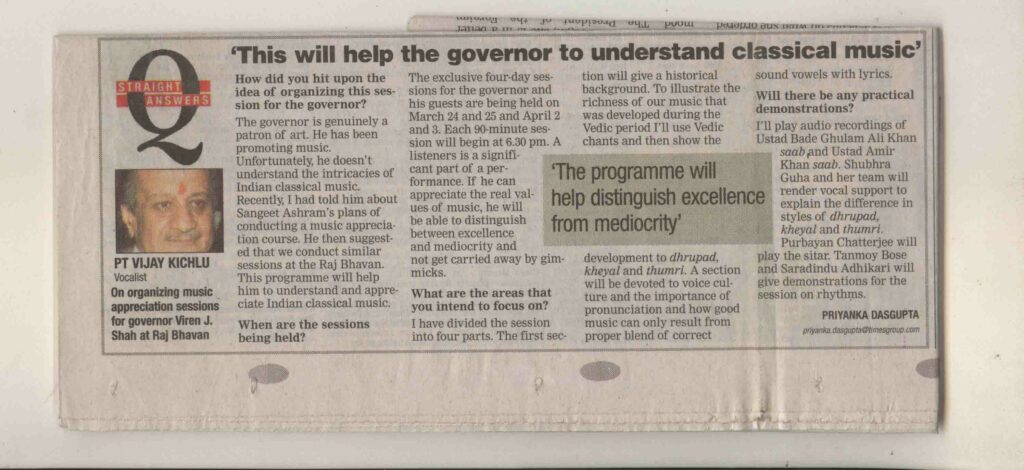
| Contact Info | Website, registration details, enrolment options. |